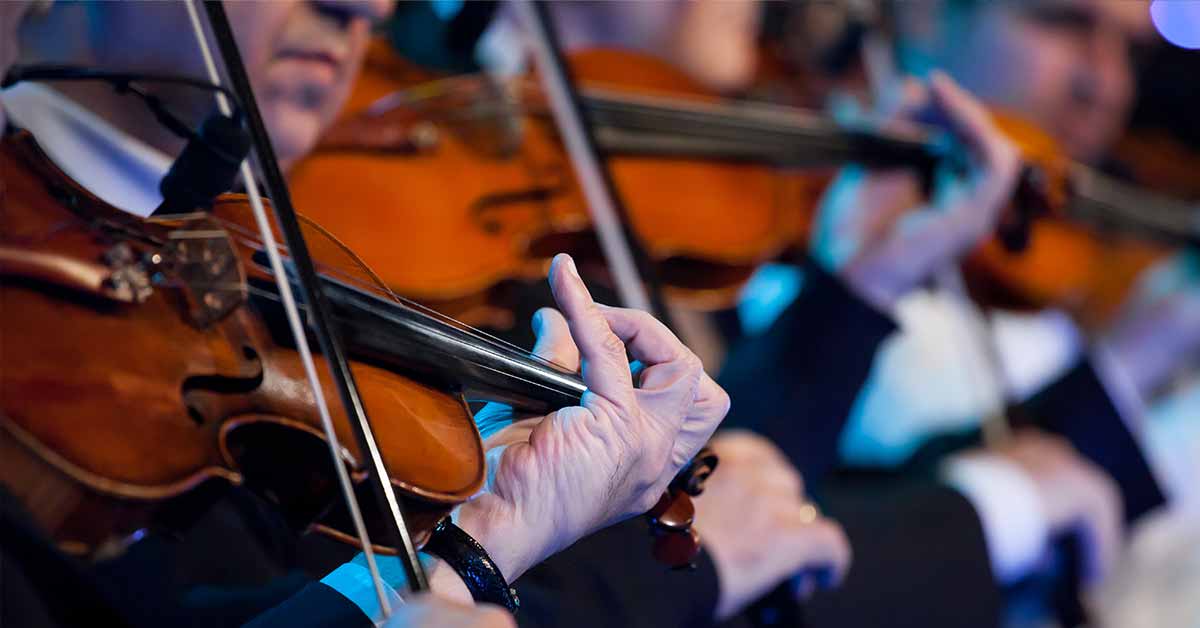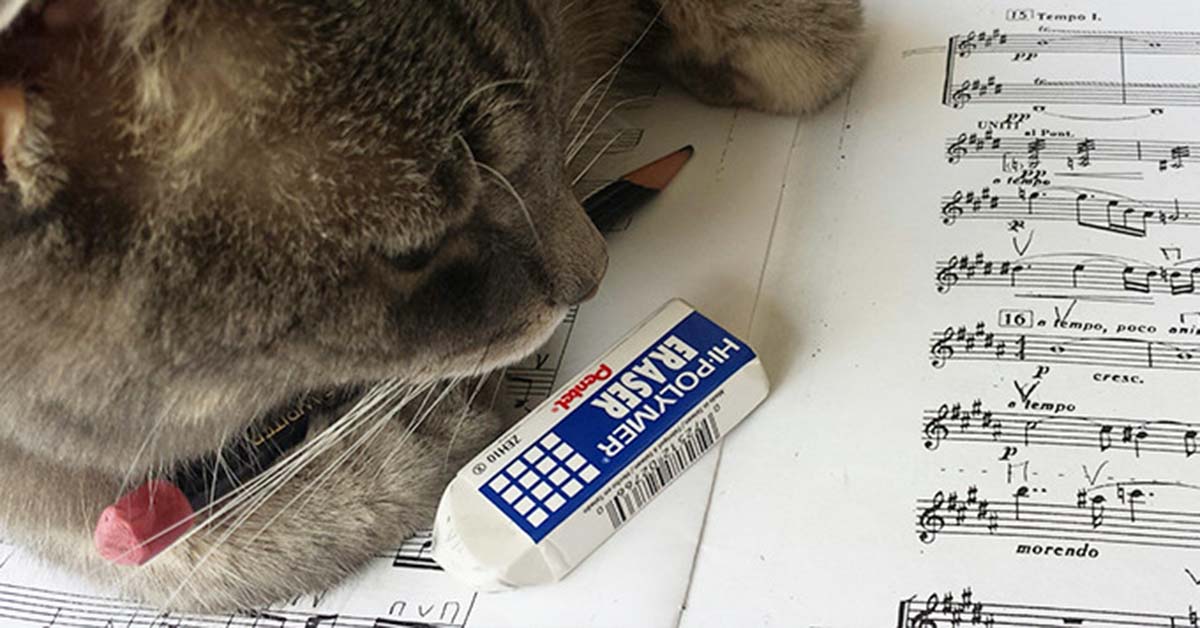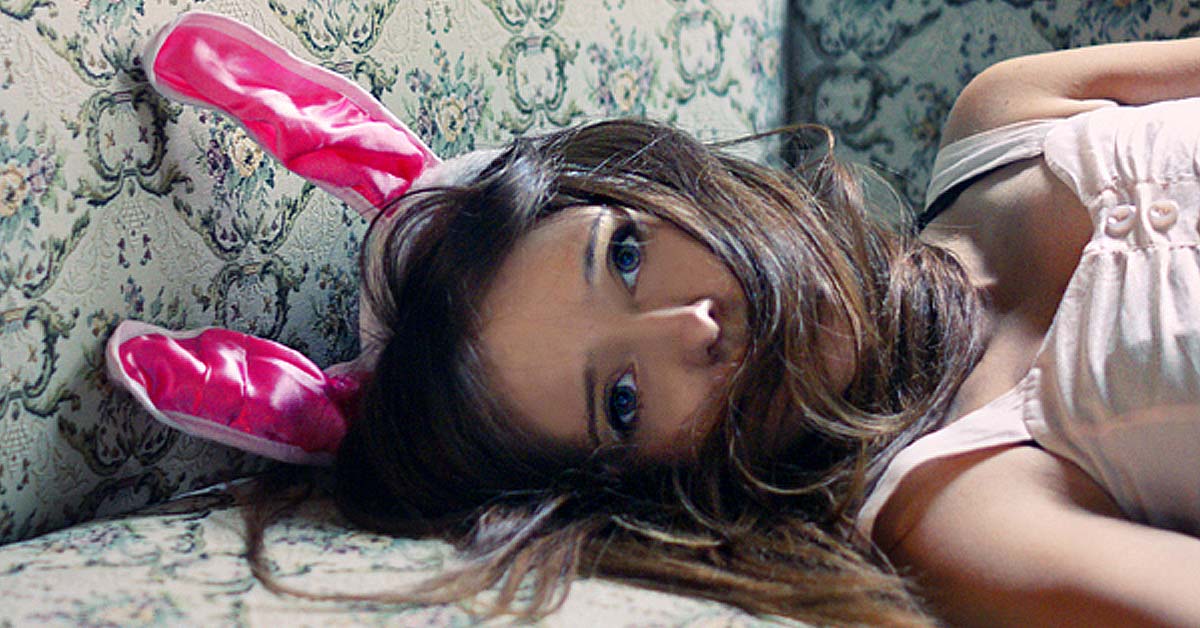Several years ago, I won a position in an orchestra that was closer to my family. While the job was a slightly better paying job which had a longer concert season and many other pluses than the job I had at the time, I hesitated. My aunt, who lived in this city and was a very successful businesswoman, was trying to help me decide whether to uproot and move or keep my current position and continue auditioning for work elsewhere. Her advice came in the form of a question:
“If you could, would you buy shares of stock in this orchestra?”
At the time, this seemed like an unusual approach for making a decision. She continued with more details.
“When you look at this job, you are looking at an investment; not only in your future, but the community’s future. So you need to look at this as if you are about to buy some stock in this company,” she said. “What are the financials like? What are the one, five, and 10 year strategies? Who is the CEO and how is the relation with the Board of Directors? Is the product being marketed efficiently? Who are the competitors and are they a threat?”
My aunt went on and on with her list of criteria for buying stock in any given company and as the years went by and I never really thought much about her analogies because they seemed like apples to oranges.
But in the last three years, having gradually learned how to trade and invest in the stock market, I find myself subconsciously using my aunt’s criteria for when I look to invest or trade stock in any given company. And now I understand her orchestra stock purchase analogy in a completely different way.
While orchestras are not-for-profit “companies,” they can still be scrutinized in some of the ways one would look at a for-profit company; especially when one wants to donate, volunteer, or become a member of that orchestra. And while everyone has differing reasons to invest or buy stock, each investor is wise to do their own due diligence to insure that their investment goes in the optimal direction.
So in the next article, I’m going to dig deeper into my aunt’s analogy to get a meaningful discussion going about “investing” in an orchestra and how regardless of which point of view you approach the decision, you can see how all the different variables overlap and point to the larger decision. In the meantime, one thing I can promise is this isn’t going to be a “why can’t orchestras be more like for-profit companies” discussion!










